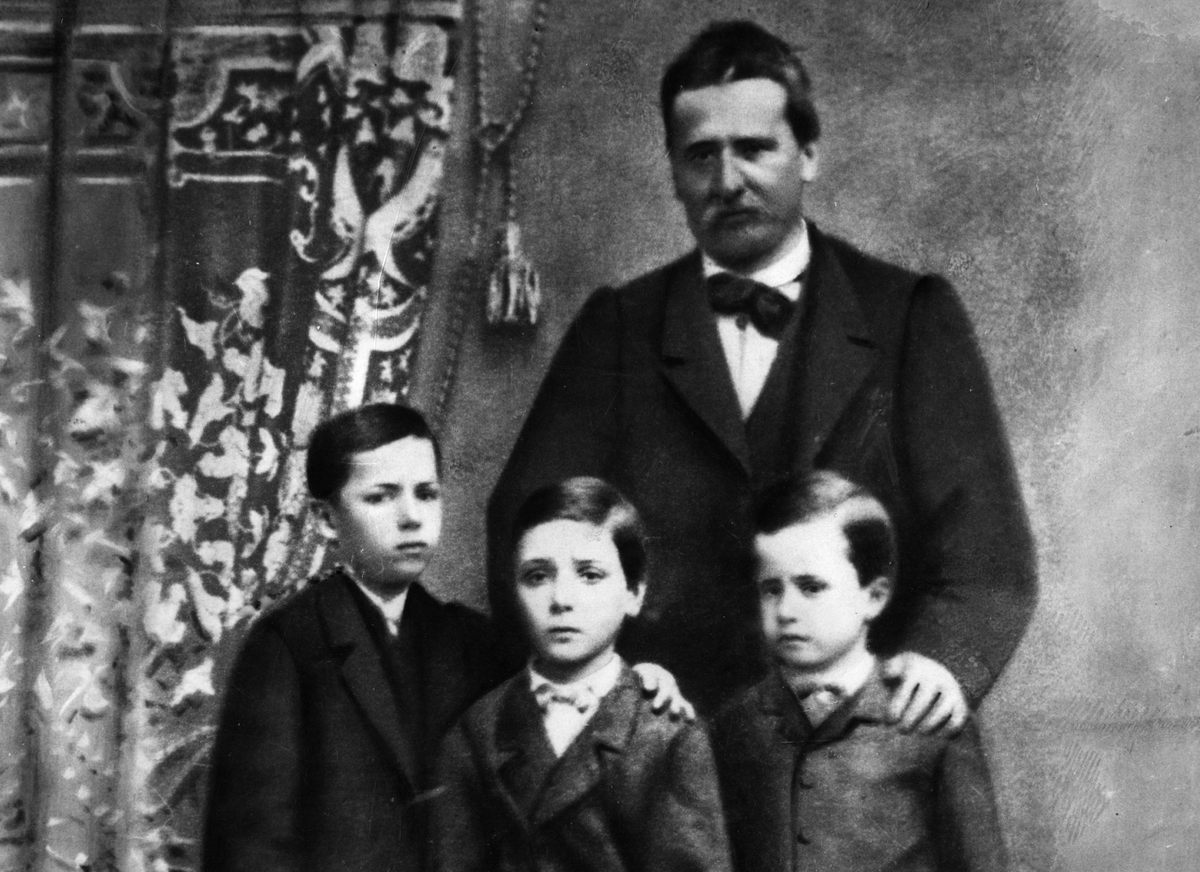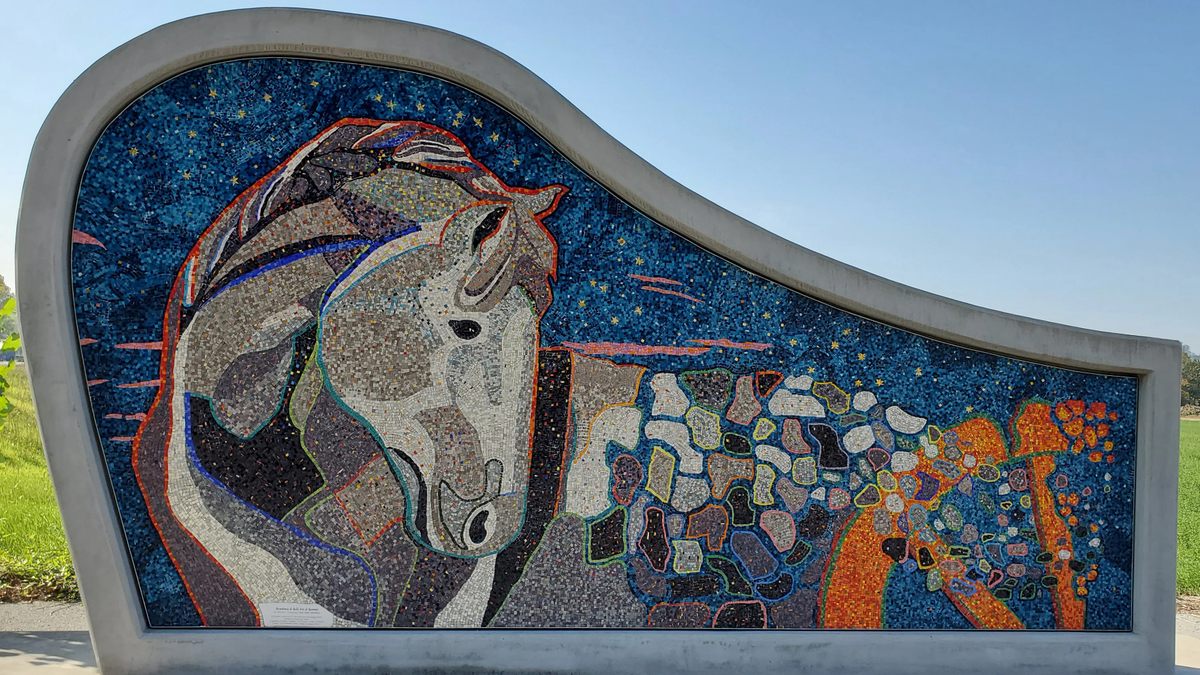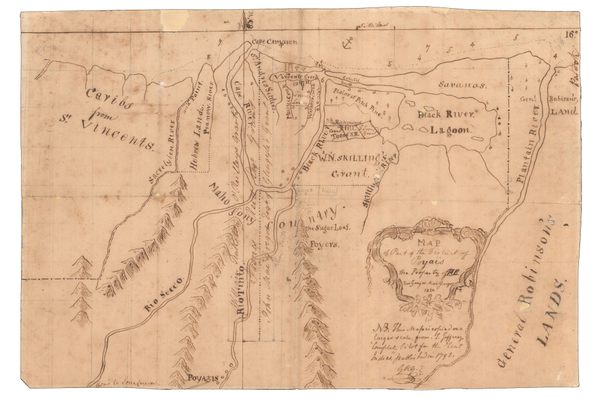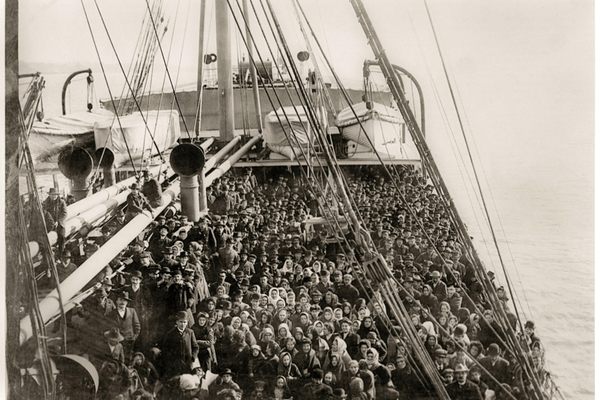The Unsolved Murder That Haunted a Beloved Italian Poet
A stirring mosaic marks the spot where Ruggero Pascoli was killed in 1867, shaping his son Giovanni’s prolific art.
Twelve miles from the Adriatic Sea, near the town of Cesena, Italy, a mosaic horse marks an unsolved 19th-century murder. The colorful artwork, made from enameled Venetian glass pieces, stands near a narrow rural motorway that cuts through a haphazard patchwork of tilled farmland, auto wrecking yards, industrial chicken hatcheries, and centuries-old estates.
The monument commemorates the assassination of Ruggero Pascoli, father of Italy’s celebrated poet, Giovanni Pascoli (1855-1912). Ruggero was gunned down at the location on August 10, 1867, as he rode home to San Mauro in a horse-drawn carriage. The perpetrator was never brought to justice.
The gray mare pulling the carriage was on a familiar route and, following the murder, she continued along what was then a dirt road, arriving at the family’s residence with the corpse and two dolls—gifts intended for Pascoli’s daughters, Giovanni’s sisters.
Giovanni Pascoli was not even 12 when his father was killed. Over the next few years, he also lost his mother and three of his seven siblings. The resulting trauma helped define the poet’s oeuvre. “It was really one devastation on top of another, and they weren’t discrete, they weren’t separate from each other,” says Taije Silverman, a poet and Penn State professor who recently translated a book of Pascoli’s work.

To Giovanni, who went on to prestigious teaching positions, the family deaths felt like an expanding universe with the initial loss of his father at its core. The grief moved ever outward, influencing his creativity. “It became a point of gravity for him,” Silverman says. “Like a way of orienting himself.”
In 2017, to mark the 150th anniversary of Ruggero’s assassination, students from the Ravenna Academy of Fine Arts created the mosaic monument as a visual interpretation of Giovanni’s two most anthologized poems: “X agosto” (“The Tenth of August”) and “La cavalla storna” (“The Dappled Gray Mare”). The memorial depicts the mare looking backward in contemplative fashion against a nighttime sky. The image then becomes fragmented, disintegrating into the darkness; a shattered carriage wheel suggests the broken cycles of life evoked in the poems.

In Italy, August 10 is celebrated as the Feast of San Lorenzo, or the night of the shooting stars. Even today, particularly in cities with ties to Pascoli, people often recite “X agosto” on that day. In the poem, Pascoli compares the horse’s arrival, bringing his father’s corpse and the dolls, with a swallow being shot while delivering food to its young. Tension develops between the microcosm of intimate loss and the macrocosm of the universe. Crying stars flood the sky and profound questions about the nature of evil remain unanswered.
“He’s looking up at these stars, and these stars have been around for so much longer than anyone else,” says Silverman. “There’s just this refusal of an answer in that poem. And it’s so filled with grace.”
“La cavalla storna,” a more rhythmic poem, likewise relates the story of Ruggero’s murder, yet in more explicit detail. In a refrain known to millions of Italians, Pascoli’s mother speaks to the mare: “Oh cavallina, cavallina storna, you who carried the one who will not return.”
As cars zoom past on the highway, the mosaic stands as a monument both to a man and to the ability of Giovanni Pascoli to transform trauma into poetry.
“He never recovered from his father’s death,” Silverman says. “He made his life and his work a monument to it in many different ways, and on many different levels.”























Follow us on Twitter to get the latest on the world's hidden wonders.
Like us on Facebook to get the latest on the world's hidden wonders.
Follow us on Twitter Like us on Facebook